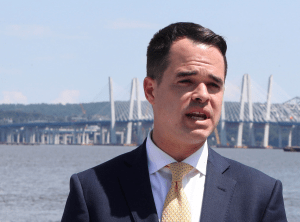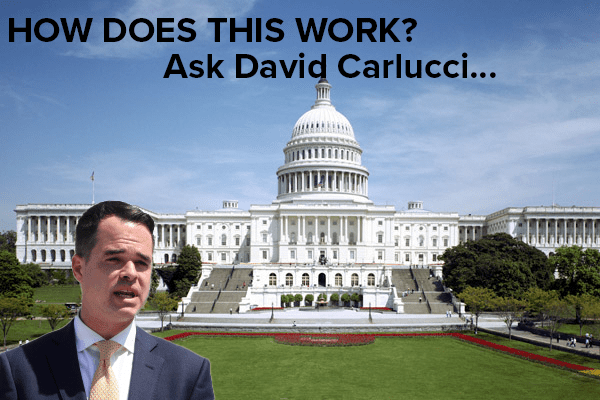|
RCBJ-Audible (Listen For Free)
|
Many Take Heart In Biden’s Student Loan Debt Reduction Plan But Supreme Court, Change Of Balance In Political Power, Remain A Threat
By David Carlucci
After 18 months of debate, President Biden took executive action on student loan debt in the form of a three-part plan. The model is not as expansive as the universal forgiveness plan; rather it is a compromised solution working toward narrowing the gap between college costs and federal assistance. The plan can be broken down into the main initiatives:
- Targeted debt relief
- Remedying the federal loan process
- Reducing the cost of college

The Department of Education would begin canceling a fraction of debt for borrowers earning less than $125,000 (or households making less than $250,000). However, this will not be a universal, flat rate for all Americans; instead, debt relief will be executed equitably. $10,000 in relief will be granted to non-Pell Grant recipients, and $20,000 will be provided for Pell Grant recipients. This will all come following the resumption of federal loan repayments in January of 2023. It is estimated that this program will support up to 47 million borrowers, 27 million of whom will receive $20,000. This initiative is expected to completely cancel out the balance for over 20 million borrowers.
Next, Biden plans to repair the current federal loan system to make it easier to navigate and make it more accessible for lower-income borrowers. First, the repayment process will be renewed with a cap on monthly payments. Currently, monthly payments are capped at 10 percent of the undergraduate’s discretionary income. Now, that cap has been split in half, borrowers may only be required to pay up to 5 percent of their discretionary income monthly. Additionally, the President plans to have the federal government cover interest rates on loans so that no one’s balance grows while making payments.
Lastly, the President is making efforts to reduce the cost of tuition and hold colleges accountable. The Department of Education will continue to keep track of the institutions most culpable of high debt levels for public knowledge and work with such institutions to plan fair practices. This is part of President Biden’s main goal: to make college more affordable, accessible, and easier to navigate.
What’s Next?
Biden’s announcement was only the first step in a journey with multiple plausible endings. It is possible the plan may not even get off the ground thanks to the Supreme Court. This summer, the Supreme Court adhered to the major questions doctrine, a perspective that believes the federal government must only take extreme measures through the authority of Congress. Due to the major questions doctrine, the EPA and other federal agencies got a significant amount of their authority revoked in the early summer. Now, the Court may strike down Biden’s plan arguing that student debt forgiveness is something too significant to be administered through the Executive Branch alone.
Economically, there may be some cause for concern about the plan. Some argue that distributing more money into American families’ pockets might jumpstart inflation again, which may have been true if Biden had adopted the more extreme plan. However, as debt cancellation comes out, the pause on repayment will be lifted. This means that no additional money will be flushed into the economy, therefore stemming inflation.
As mentioned before, the current cancel student debt model is a reduced version of Biden’s campaign promises. However, the plan may change if legislation from Congress comes out soon or following the Midterm Elections. The election results will determine the trajectory of student loan debt and the state of accessible education.
David Carlucci consults organizations on navigating government and securing funding. He served for ten years in the New York Senate.













